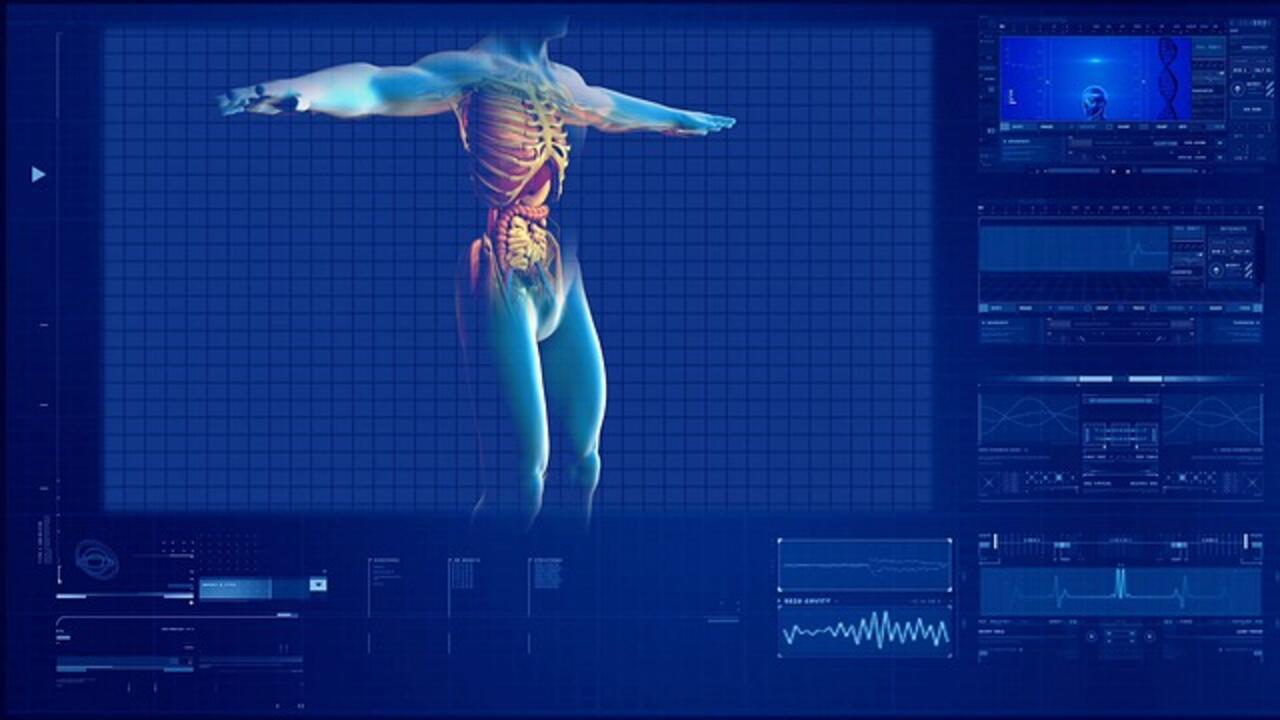
Bridging math and medicine to fight kidney disease
The very first computational human kidney model can help scientists better understand the effectiveness of the drugs we consume

The very first computational human kidney model can help scientists better understand the effectiveness of the drugs we consume
By Jenna Braun University RelationsOne in ten people will suffer from kidney disease in their lifetime. Hypertension (high blood pressure) and diabetes are the most common causes of kidney disease, a progression that has no cure, ultimately leading to kidney failure.
Diabetes runs in Anita Layton’s family, an unfortunate fact that inspired her to examine the mechanics of the human kidney. Layton is the Canada 150 Research Chair in Mathematical Biology and Medicine and joined the University of Waterloo in 2018. She holds the unique distinction of being cross-appointed to the Departments of Applied Mathematics and Biology, and to the School of Pharmacy.
She was determined to use her interdisciplinary background to find better drug solutions for people who suffer from diabetes and hypertension.

Anita Layton is a professor in the faculties of Mathematics and Science and the Canada 150 Research Chair in Mathematical Biology and Medicine.
"Even I will have diabetes someday,” she says. “There’s nothing I can do to change that. But I’d like to see better options for people who have to go through it.
Layton has produced the first human computational kidney model, designed to provide an inexpensive alternative for scientists to better understand both drugs targeted for kidney health and other drugs that have unintended effects on the kidneys.
“I want to learn more about the side effects of these drugs,” explains Layton. “I also want to understand how effective they are when used in combination with other drugs because they are rarely prescribed alone.”
The model mimics the human kidney, allowing scientists to make predictions of what is absorbed and excreted from the organ. These predictions will vary depending on what distinct attributes have been programmed into the computer model; for example, if the kidney has undergone a partial nephrectomy (when part of the kidney is removed because of a tumour) or if it belongs to a person suffering from diabetes and taking multiple kinds of medication.
Additionally, the model can provide insight on the kidney’s functions such as its ability to regulate electrolytes and acid without ever having to perform a procedure on an actual patient.
Layton first developed a model based on a rat’s kidney, a starting point that made sense with the surplus of data available. She then adjusted key transporter data so that the predicted urine output is consistent with known human values, making the model clinically relevant.
Layton insists the collaborations she made along the way were essential in her success. She sought input from a variety of professionals including physiologists, engineers, clinicians and researchers around the globe. For example, Volker Vallon, a professor of Medicine and Pharmacology at the University of California, used his expertise in ion channels, transporters and intracellular signaling pathways of the kidney to assist Layton with her model. His lab would carry out experiments that both measured parameters and validated predictions for her human model.
“I have made a lot of friends over the years. When I want to know how things will change in the kidney when it receives a certain drug, I find someone to ask.”
Layton is currently advancing her research with David Cherney, a scientist at the Toronto General Hospital and expert in diabetes, renal failure and endothelial function. Her next project is to create a more comprehensive version of the model that can be tailored for different people — for starters, one that can mimic a woman’s kidney, and another to mimic a man’s. The current drugs prescribed for blood pressure control are received differently by men and women, but the reasons behind these sex-specific responses are not well understood.
"All of our bodies are different. That’s why I want to have a deeper understanding of these issues."

Read more
Waterloo researchers have found that one-third of unnecessary ER visits in Ontario could be managed by pharmacists’ expanded scope.

Read more
Waterloo researcher is using AI to make legal document review more effective and efficient

Read more
Waterloo School of Pharmacy offers resources for managing medication during the holy month
The University of Waterloo acknowledges that much of our work takes place on the traditional territory of the Neutral, Anishinaabeg and Haudenosaunee peoples. Our main campus is situated on the Haldimand Tract, the land granted to the Six Nations that includes six miles on each side of the Grand River. Our active work toward reconciliation takes place across our campuses through research, learning, teaching, and community building, and is co-ordinated within the Office of Indigenous Relations.